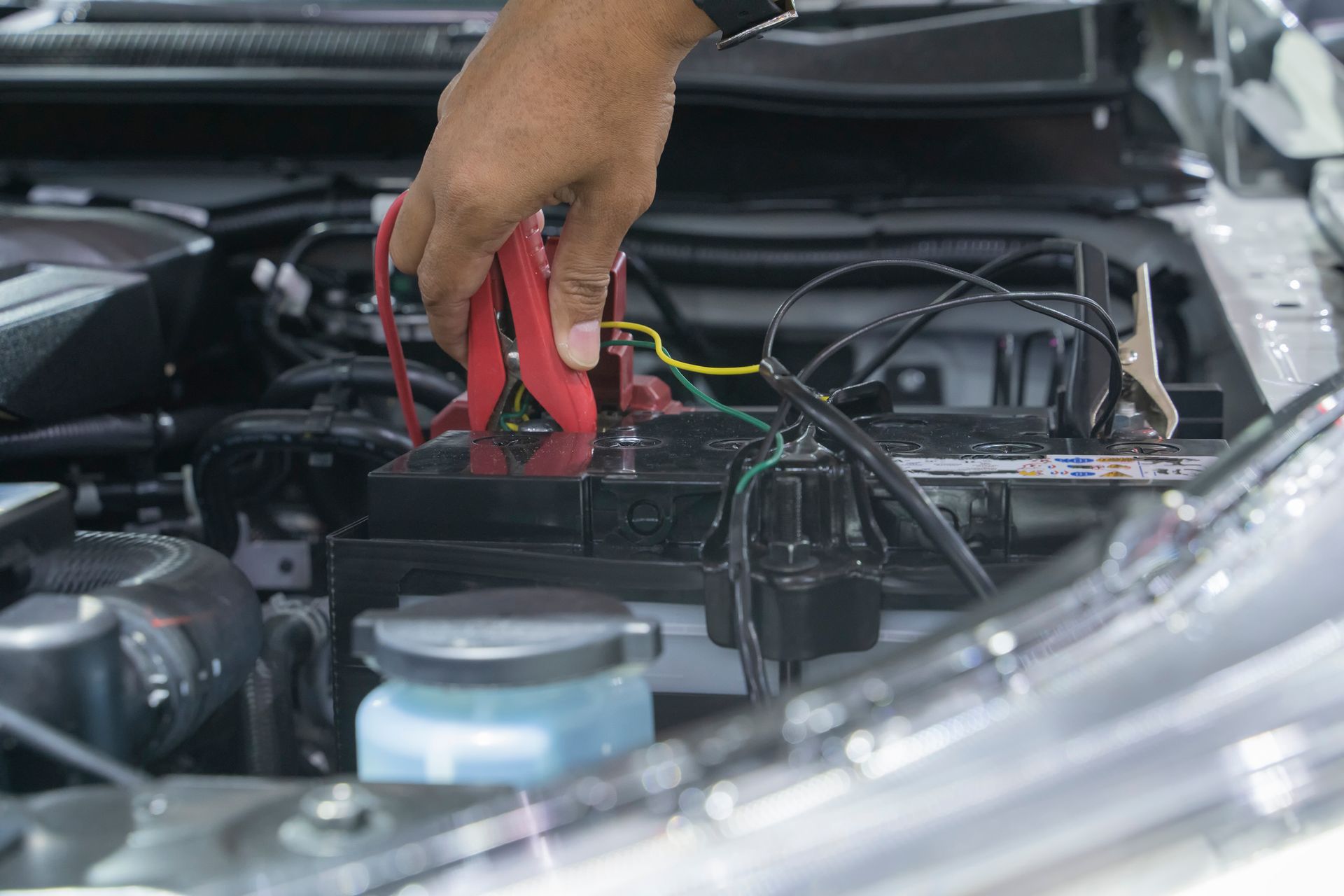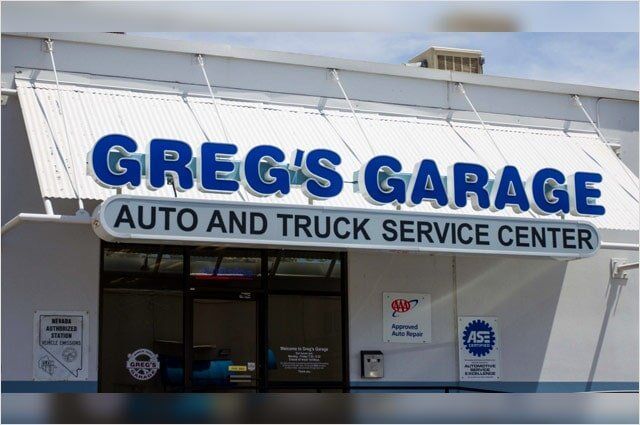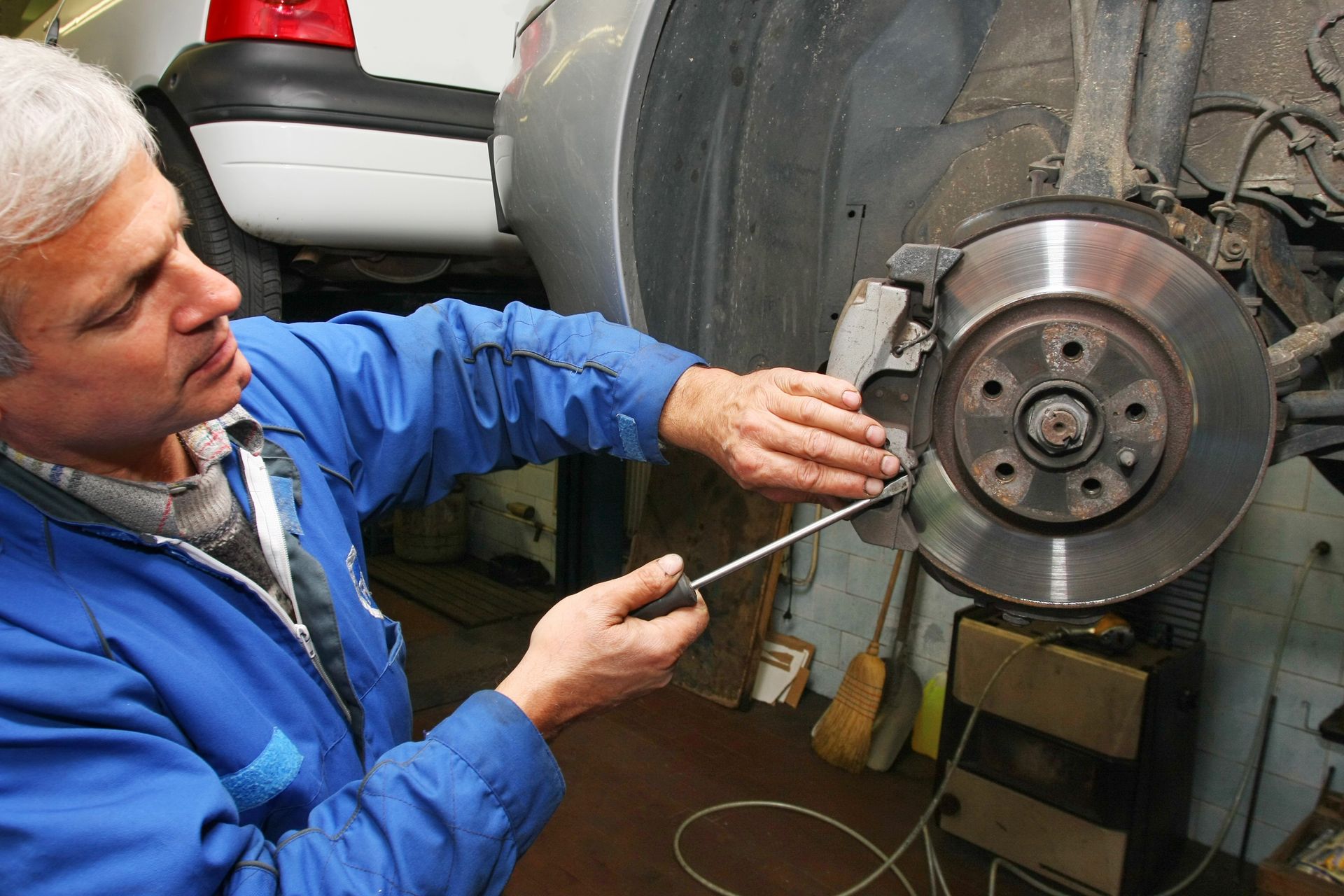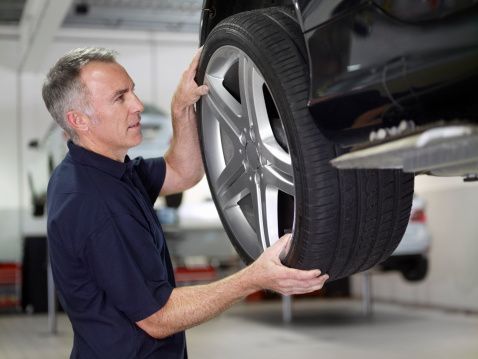The Growing Need for Auto Mechanics in the Evolving Electric Vehicle Landscape
As the automotive industry continues to evolve, Michigan remains a hub of activity and innovation. However, despite the increasing presence of electric vehicles (EVs) on the road, traditional gas-powered vehicles still dominate the landscape. According to recent data from the Department of Transportation, for every Michigan-registered electric vehicle, there are approximately 375 gas-powered vehicles. This significant disparity highlights an ongoing trend and underscores a critical issue: the persistent shortage of auto mechanics.
The Dominance of Gas-Powered Vehicles
While electric vehicles are gaining popularity due to their environmental benefits and advancements in technology, gas-powered vehicles continue to be the primary mode of transportation for most Michigan residents. The reasons are multifaceted:
- Infrastructure: The infrastructure for gas-powered vehicles is well-established, with numerous gas stations and repair shops readily available.
- Cost: Gas-powered vehicles are often more affordable upfront compared to their electric counterparts.
- Range and Convenience: Many drivers still prefer the longer range and quicker refueling times of gas-powered vehicles.
The Shortage of Auto Mechanics
Despite the dominance of gas-powered vehicles, the auto repair industry is facing a significant challenge: a shortage of skilled mechanics. This shortage is driven by several factors:
- Aging Workforce: Many experienced mechanics are reaching retirement age, and there aren’t enough new technicians entering the field to replace them.
- Technological Advancements: Modern vehicles, both gas and electric, are becoming increasingly complex, requiring specialized knowledge and training that many current mechanics may lack.
- Perception of the Trade: There is a misconception that auto repair is a less desirable career path, leading to fewer young people pursuing it as a profession.
The Impact on Vehicle Owners
For vehicle owners, this shortage means longer wait times for repairs and potentially higher costs due to the increased demand for skilled labor. It also emphasizes the importance of regular maintenance to prevent major issues that could lead to extended downtime.
The Future of Auto Repair
To address this shortage, the industry must take proactive steps:
- Education and Training: Investing in education and training programs to equip new mechanics with the skills needed for both gas-powered and electric vehicles.
- Promoting the Trade: Changing the perception of auto repair as a viable and rewarding career path through outreach and awareness campaigns.
- Adapting to Change: Embracing technological advancements and ensuring that mechanics are continuously updated on the latest developments in vehicle technology.
Nevada
- Registered EVs: As of December 2021, there were about 17,000 electric vehicles in Nevada, accounting for 0.7% of all vehicles in the state1.
- EV Sales: Electric vehicles make up about 4.6% of all vehicle sales in Nevada1.
- Growth: EV registrations in Nevada increased from 7,381 in 2019 to 17,162 in 2021, showing a rise of over 130%2.
- Infrastructure: Nevada is one of the top five U.S. states in EV and battery manufacturing, with $15.4 billion in announced investments and 12,400 announced jobs3.
Comparison to Michigan
- Vehicle Ratio: While Michigan has a ratio of about 1 EV to 375 gas-powered vehicles, Nevada’s EV adoption is growing but specific ratios are not readily available.
- Mechanic Shortage: Similar to Michigan, Nevada also faces a shortage of auto mechanics trained to service electric vehicles, which is a growing concern as EV adoption increases2.
Both states are making significant strides in EV adoption and infrastructure development, but the exact statistics and challenges can differ.
Conclusion
While the rise of electric vehicles is an exciting development, the reality is that gas-powered vehicles will remain a significant part of Michigan’s automotive landscape for the foreseeable future. Addressing the shortage of auto mechanics is crucial to ensuring that all vehicles, regardless of their power source, are maintained and repaired efficiently. By investing in the future of the auto repair industry, we can ensure that all of our nation's roads remain safe and that vehicle owners receive the quality service they deserve.


Phone: (775) 324-0911 | Email: gregsgarageinc@gmail.com | Address: 410 E 6TH ST Reno, Nevada 89512 United States







